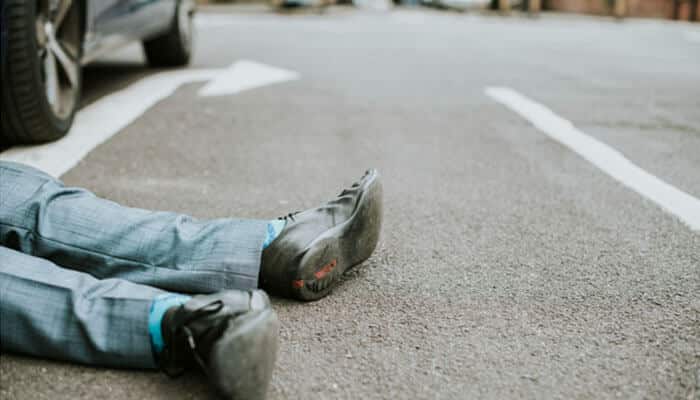Pedestrian injuries are often life-changing. If you or a loved one is hit by a car, understanding New York’s pedestrian laws is crucial. These statutes detail how fault is established, the reparation that may be available in particular circumstances, and the time limits on filing a claim.
Buffalo, NY, the second-largest city on the eastern shores of Lake Erie, is a city known for its rebuilt busy streets, world-class architecture, vibrant arts scene, thriving neighborhoods, and resurgent waterfront. Busy intersections and many people are crossing the street. All of these conditions may lead to an accident.
When a collision occurs, the victims may be devastated by expenses, lost wages, and trauma. However, an experienced pedestrian accident lawyer in Buffalo, NY, can help you understand your rights and navigate the legal system with confidence in these situations. Here are New York’s laws you need to understand:
The Important Pedestrian Accident Laws in New York
1. New York’s Right-of-Way Laws
In New York, crosswalks and intersections give pedestrians the right of way. A crosswalk is either marked or unmarked, but it requires a driver to yield to a pedestrian crossing. If someone jaywalks by crossing outside of a crosswalk, they are not necessarily at fault. However, it can affect how fault is apportioned when making a claim.
2. The State’s No-Fault Insurance System
New York State has a no-fault insurance law, which means that if you are hit by a car, you start by filing a claim against the driver’s Personal Injury Protection (PIP) policy. This will pay for your medical bills and a percentage of your lost wages, up to a maximum of $50,000 in many situations. If you want to go after more damages through a personal injury lawsuit, you must meet New York’s “serious injury” threshold.
3. Comparative Negligence in Pedestrian Accidents

New York has a pure comparative negligence rule. Therefore, if you were partly responsible for the accident, you can still recover damages. Let us say you were found 20% responsible for the accident if you crossed mid-block. Your total award would be reduced by that percentage. This law prevents accident victims from being prohibited from recovering damages just because they are partly at fault.
4. Statute of Limitations for Filing a Claim
Usually, you get three years after the accident to file a personal injury lawsuit. When someone dies in a car wreck, the family has two years to file a wrongful death suit. Missing these timelines can jeopardize your ability to get compensation, so act fast.
5. Holding Negligent Drivers Accountable
When a motorist does not fulfill this responsibility and causes damage, liability could attach to them for damages, including medical expenses, lost wages, and pain and suffering.
Conclusion
Knowing the ins and outs of New York’s pedestrian accident laws can help protect your rights after a crash. Insurance claims, comparative negligence rules, and filing deadlines complicate these cases quickly. A knowledgeable pedestrian accident lawyer in Buffalo, NY, can handle the legwork while you focus on healing. They would help you manage the whole process, making it hassle-free.
Key Takeaways:
- Even the best driver can get into an accident, so be careful on the roads.
- No-fault insurance covers incurred medical bills and lost wages.
- You can recover damages even if partly at fault.
- File claims within three years or two for wrongful death.



